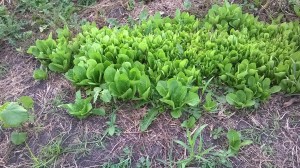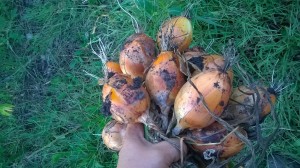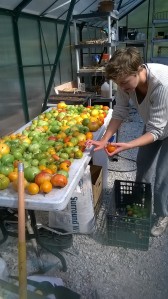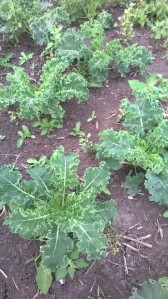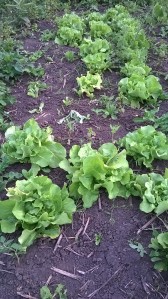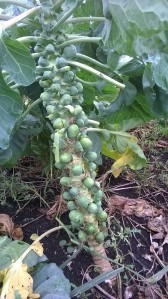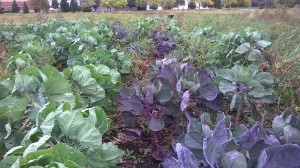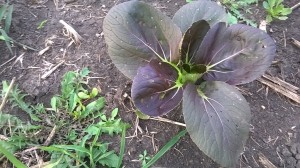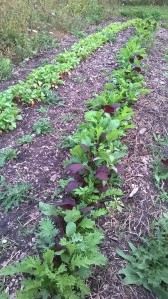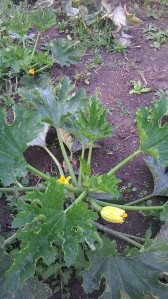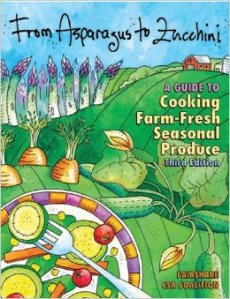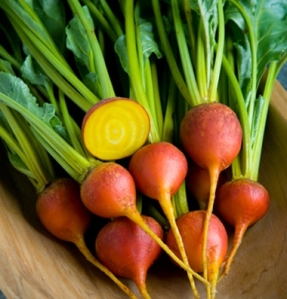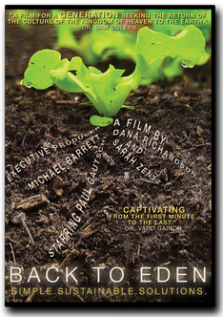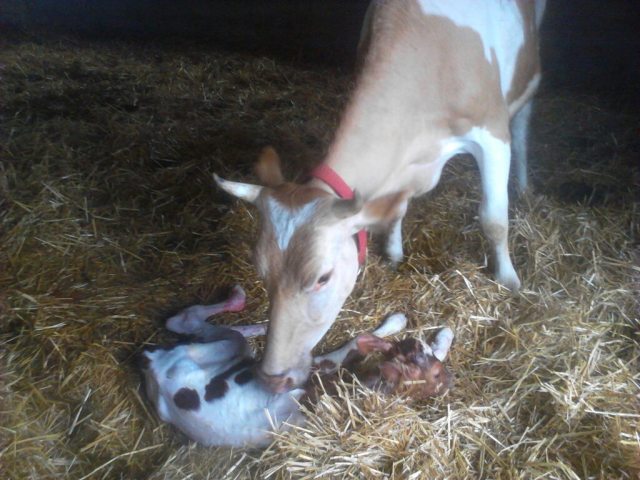 What a journey the past few years have been. At the end of this last growing season, I decided to leave the farm, after about 3 years of pursuing a dream. There were many things I loved about the experiences I had, but ultimately, it became unsustainable for me trying to run it all by myself, and then financially. I went back to my old job as a caregiver, where regular hours and a steady paycheck feel really nice for a change. The thing I loved the most about organic farming was the lifestyle and the ethic that centered around community, healing and artistic craftsmanship. I still love it. As I work my ‘day job’, I hope to continue to pursue this dream, even though it’s going to look much different for the time being. I want to continue with this blog, and share my journey.
What a journey the past few years have been. At the end of this last growing season, I decided to leave the farm, after about 3 years of pursuing a dream. There were many things I loved about the experiences I had, but ultimately, it became unsustainable for me trying to run it all by myself, and then financially. I went back to my old job as a caregiver, where regular hours and a steady paycheck feel really nice for a change. The thing I loved the most about organic farming was the lifestyle and the ethic that centered around community, healing and artistic craftsmanship. I still love it. As I work my ‘day job’, I hope to continue to pursue this dream, even though it’s going to look much different for the time being. I want to continue with this blog, and share my journey.
In 2012 I began my adventure into organic farming. I had moved home to Chicago from Kansas City the previous summer, where some of the key events in my life had been watching the film Food, Inc. with a roommate, and a season I spent going out to a farm outside KC, called Our Father’s Farm (harvesthome.org), learning and receiving inner healing ministry. They taught participants how to use their imaginations to encounter Jesus and receive healing for past pain. Those experiences transformed my life and set me on a new course. I fell in love with healing ministry and felt that the healing of the body through clean, nutritious food served within the context of vibrant community naturally would go hand in hand with spiritual and emotional healing. I was already an artist by training and temperament; I loved nature, animals, working with my hands to create and build things. I loved to create environments (usually my home) that were beautiful and lifegiving, for people to feel safe, welcomed, loved.
I began to read everything I could find about homesteading, DIY living, sustainability, etc. I also began to read books and watch lectures by a beyond-organic farmer in Virginia, named Joel Salatin, who is the patriarch of a family farm called Polyface. I was inspired by his description of his farm as a farm ministry where they were seeking to heal people, heal the land and heal the economy. I applied for their internship program, which they joke is harder to get into than Yale. I was one of about 50 people chosen to come out to the farm for a two day try out in December 2012, being interviewed and working with the family; from that group they chose about 8 people to offer the four month internships to. I wasn’t one of the chosen, but wow, that experience is near the top of my list of things I’ve had the honor and privilege of being able to do.
Earlier that same year, I had found a family that ran a raw milk dairy, in the middle of the Chicago suburbs, about 25 minutes from my house. I had walked in off the street one day and asked them if I could come out and help them, and learn to milk. I think they had a skeptical look when they said ok, and told me where and when to show up. I showed up right on time, and the first thing the old farmer who would eventually become my boss said to me was-‘So, you want to be a farmer, huh? Well, there’s this romantic notion about life in the country. We’ll see how long you last. A week, two, we’ll see.’ And then, ‘Do you have any experience with animals? Goats? Sheep? No… Well, I guess we get you fresh then…’ He handed me a brush and said, here, you can brush this cow. If you keep coming, we’ll give you little things to do, and see how it goes. I left afterwards thinking, wow, I better show up on time, every day, because I’m going to have to prove myself. He’s going to have me brushing cows for like a month… So I showed up on time the next day, and he put me back, brushing cows. His wife was milking on the other side of the shed, and said, why don’t you show her how to milk one? He said ok, showed me what to do, and I did what he told me. He said, you’ve never done that before? And then to his wife, I can train her! Then I can retire! Ha! So from that point on, I showed up, Monday thru Friday, at afternoon chore time, and Rick and Kelly taught me how to milk cows. By the next week, I was in charge of milking the cows on one side of the shed, while Kelly milked the ones on her side. Rick began to teach me about farming, cows and milk. I would go home each day with about half a gallon of the most delicious milk I had ever tasted. They ran a business out of their home where they sold $10 a gallon milk to about 400 families. I continued to volunteer when they moved their herd of about 20 guernsey cows further out into the country for better pasture and better facilities. Then, in November, when the young man who they had hired first quit, they offered me the job. So I packed up my life in the suburbs and moved with my dog and kitten into a insulation-less late 1800 farmhouse to live on a farm 20 minutes west of DeKalb IL and milk cows, at 6 am and pm, seven days a week.
To be continued…

![IMG_20150413_160443_773[1]](https://pleasantboundariescsa.files.wordpress.com/2015/04/img_20150413_160443_7731.jpg?w=300&h=169)
![IMG_20150413_160411_295[1]](https://pleasantboundariescsa.files.wordpress.com/2015/04/img_20150413_160411_2951.jpg?w=300&h=169)
![IMG_20150413_160245_620[1]](https://pleasantboundariescsa.files.wordpress.com/2015/04/img_20150413_160245_6201.jpg?w=300&h=169)
![IMG_20150413_160343_607[1]](https://pleasantboundariescsa.files.wordpress.com/2015/04/img_20150413_160343_6071.jpg?w=169&h=300)
![IMG_20150413_160310_207[1]](https://pleasantboundariescsa.files.wordpress.com/2015/04/img_20150413_160310_2071.jpg?w=300&h=169)
![IMG_20150413_160252_190[1]](https://pleasantboundariescsa.files.wordpress.com/2015/04/img_20150413_160252_1901.jpg?w=300&h=169)
![IMG_20150413_160256_688[1]](https://pleasantboundariescsa.files.wordpress.com/2015/04/img_20150413_160256_6881.jpg?w=300&h=169)
